Book Your Safari
Complete the form below to reserve your safari. Our team will confirm your booking and offer further details.
Complete the form below to reserve your safari. Our team will confirm your booking and offer further details.
Share your travel dreams, and we'll craft a personalised itinerary for you!
The quote provided is an estimate based on the information you supply. Final pricing may vary based on availability, changes in travel dates, and additional details.
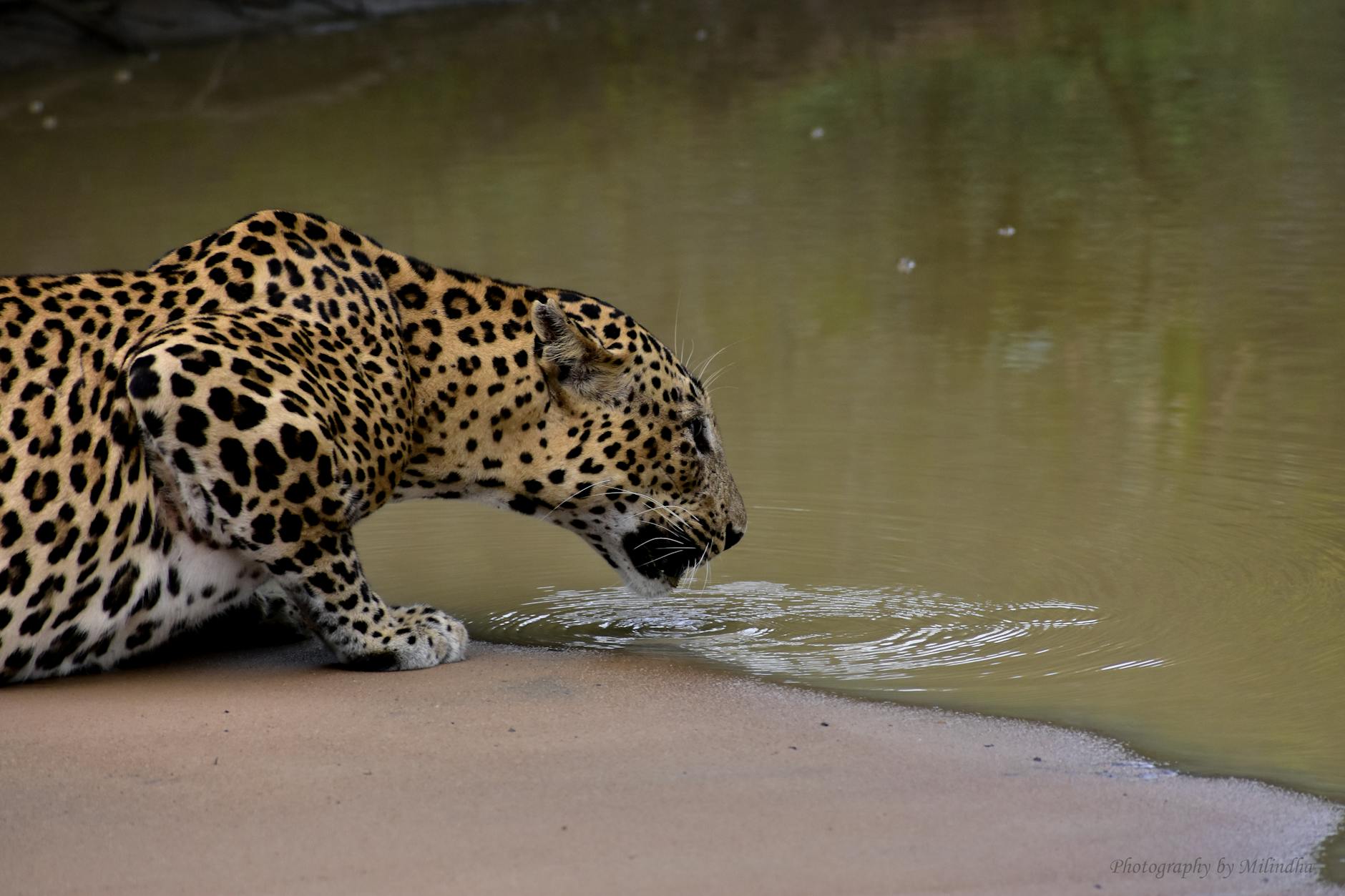
Imagine a place where the air buzzes with anticipation, and every rustle in the undergrowth could reveal a spotted predator. Welcome to Yala National Park, Sri Lanka’s crown jewel of wildlife reserves and a leopard lover’s paradise.
Have you ever dreamed of coming face-to-face with one of nature’s most elusive big cats? Yala offers the highest density of leopards in the world, making it the ultimate destination for those seeking a heart-pounding safari experience. But this enchanting park isn’t just about leopards – it’s a vibrant tapestry of diverse ecosystems, from lush forests to golden beaches, teeming with an array of fascinating creatures.
Join us as we embark on a virtual journey through Yala National Park, exploring its unique ecosystem, thrilling wildlife encounters, and the critical conservation efforts that keep this natural wonder thriving. From planning your own adventure to understanding the delicate balance of nature, we’ll uncover everything you need to know about this extraordinary corner of Sri Lanka. 🇱🇰

Yala National Park’s captivating ecosystem is a tapestry of varied landscapes, each contributing to its unique charm. From expansive grasslands to serene lagoons, the park offers a diverse habitat that supports an incredible array of wildlife.
Yala’s diverse landscapes foster an incredible biodiversity, making it a haven for wildlife enthusiasts and nature lovers. The park is home to an impressive 44 mammal species, showcasing Sri Lanka’s rich natural heritage.
| Category | Examples |
|---|---|
| Predators | Leopards, Sloth bears, Jackals |
| Herbivores | Elephants, Spotted deer, Sambar |
| Primates | Toque macaques, Gray langurs |
| Small mammals | Mongoose, Porcupines, Wild boars |
Yala National Park boasts the highest leopard density in the world, making it a prime destination for leopard spotting. The park’s unique ecosystem provides ideal conditions for these magnificent big cats to thrive.
To maximize your chances of wildlife encounters, timing your visit to Yala National Park is crucial. The best periods for wildlife viewing are:
With this understanding of Yala’s unique ecosystem, let’s explore the thrilling safari experience of leopard spotting in the park.
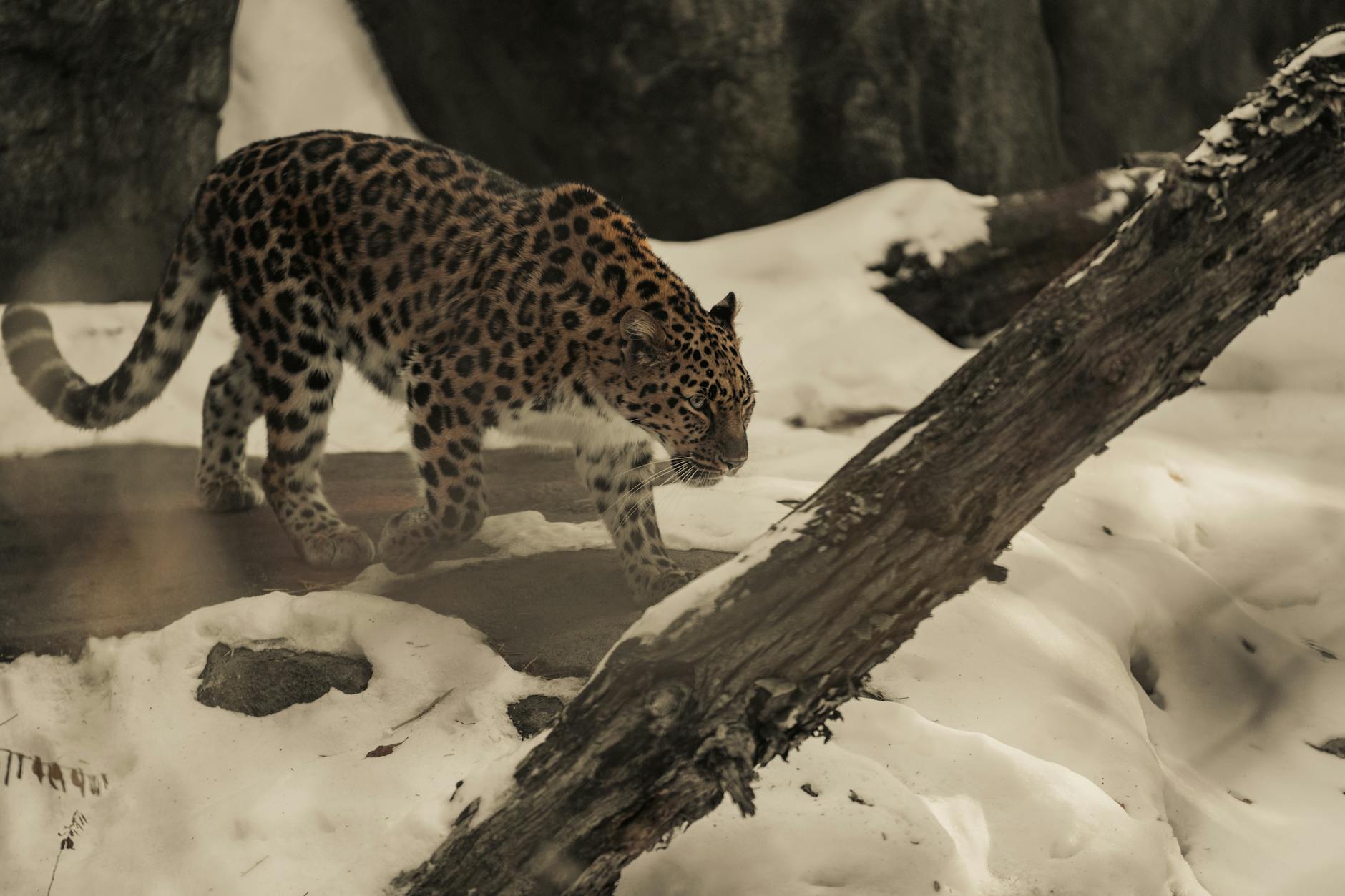
Leopards in Yala National Park are known for their elusive nature and nocturnal habits. These magnificent creatures are most active during dawn and dusk, making these times ideal for spotting them. Leopards are solitary animals, typically found lounging on tree branches or rocky outcrops during the day.
Yala National Park offers several prime locations for leopard sightings. Block 1, also known as Ruhuna, is particularly famous for its high leopard density.
| Location | Leopard Sighting Probability | Best Time to Visit |
|---|---|---|
| Block 1 (Ruhuna) | High | Early morning or late afternoon |
| Patanangala Beach | Medium | Late afternoon |
| Buttuwa Tank | Medium | Early morning |
Respecting the natural habitat and behavior of leopards is crucial for their conservation. Maintain a safe distance, avoid disturbing their activities, and never attempt to lure them with food. Follow park regulations and your guide’s instructions to ensure a responsible safari experience.
While self-drive options are available, guided tours offer several advantages for leopard spotting. Experienced guides possess in-depth knowledge of leopard habits and prime viewing locations, significantly increasing your chances of a successful sighting. They also ensure adherence to park rules and ethical viewing practices.
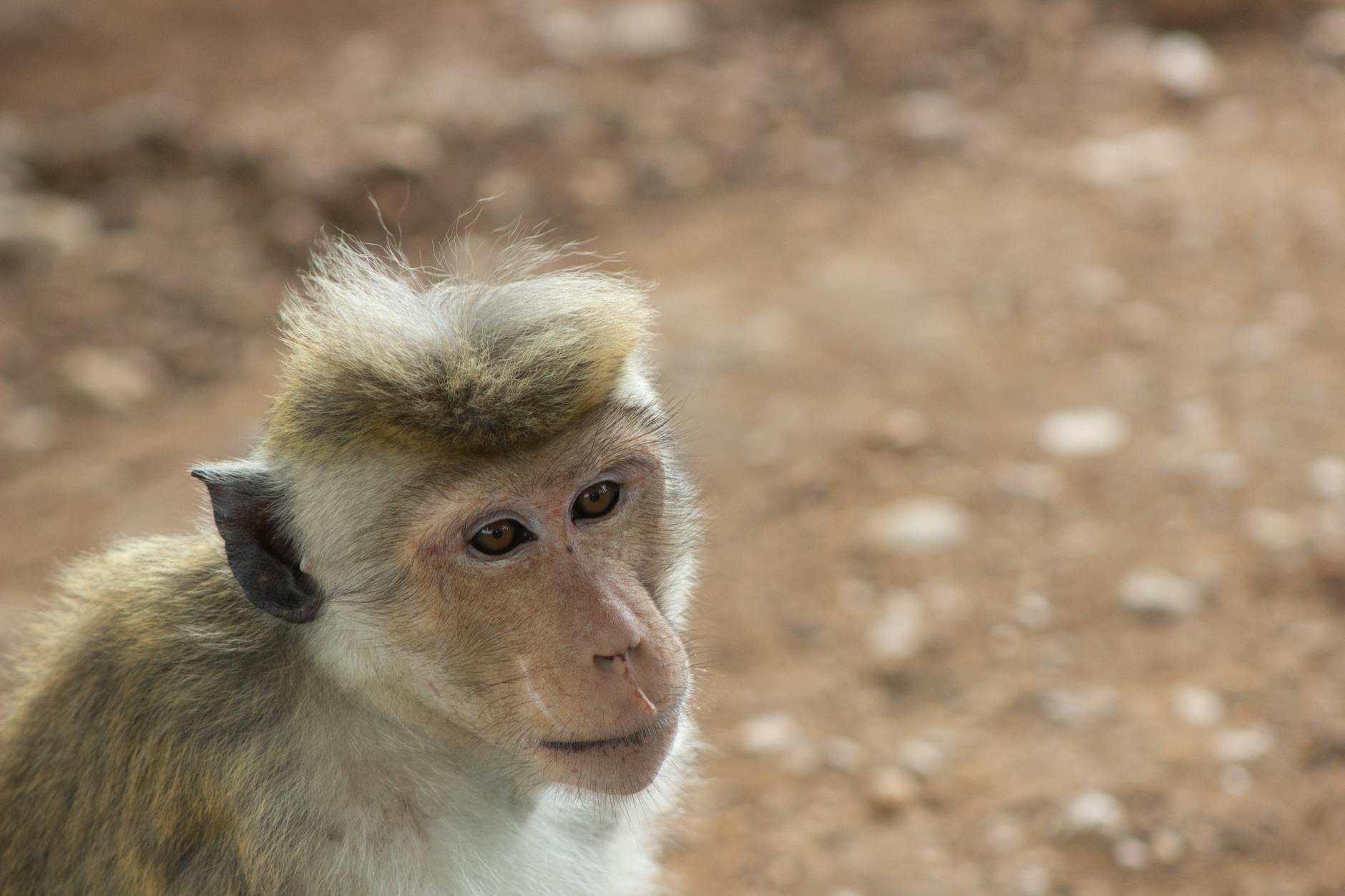
While leopards steal the spotlight, Yala National Park is also home to a significant population of endangered Sri Lankan elephants. These majestic creatures can often be seen roaming in herds, bathing in waterholes, or foraging for food.
| Elephant Facts | Details |
|---|---|
| Population | ~300-350 in Yala |
| Best viewing | Early morning or late afternoon |
| Unique traits | Smaller size, darker skin compared to African elephants |
Yala is a haven for bird enthusiasts, boasting over 215 species of birds. Some notable species include:
The park’s diverse ecosystems support a rich variety of reptiles and amphibians:
Yala’s coastal areas offer glimpses of marine life:
Now that we’ve explored the wealth of wildlife beyond leopards, let’s dive into planning your Yala adventure to make the most of your visit.

When planning your Yala adventure, choosing the right accommodation is crucial. Yala offers a range of options to suit different preferences and budgets:
| Accommodation Type | Features |
|---|---|
| Luxury Resorts | High-end amenities, spa facilities, gourmet dining |
| Mid-range Hotels | Comfortable rooms, basic amenities, restaurant |
| Eco-lodges | Sustainable practices, nature-focused experiences |
| Camping Sites | Immersive wilderness experience, basic facilities |
To make the most of your Yala safari, pack smartly:
Adhering to park rules ensures a safe and enjoyable experience:
To secure your Yala adventure:
Entry fees vary based on duration and vehicle type. As of 2023, adult foreigners pay around $15 for a day entry, with additional charges for vehicles and guides. With these essentials covered, you’re ready to explore the wonders of Yala National Park and its magnificent wildlife.
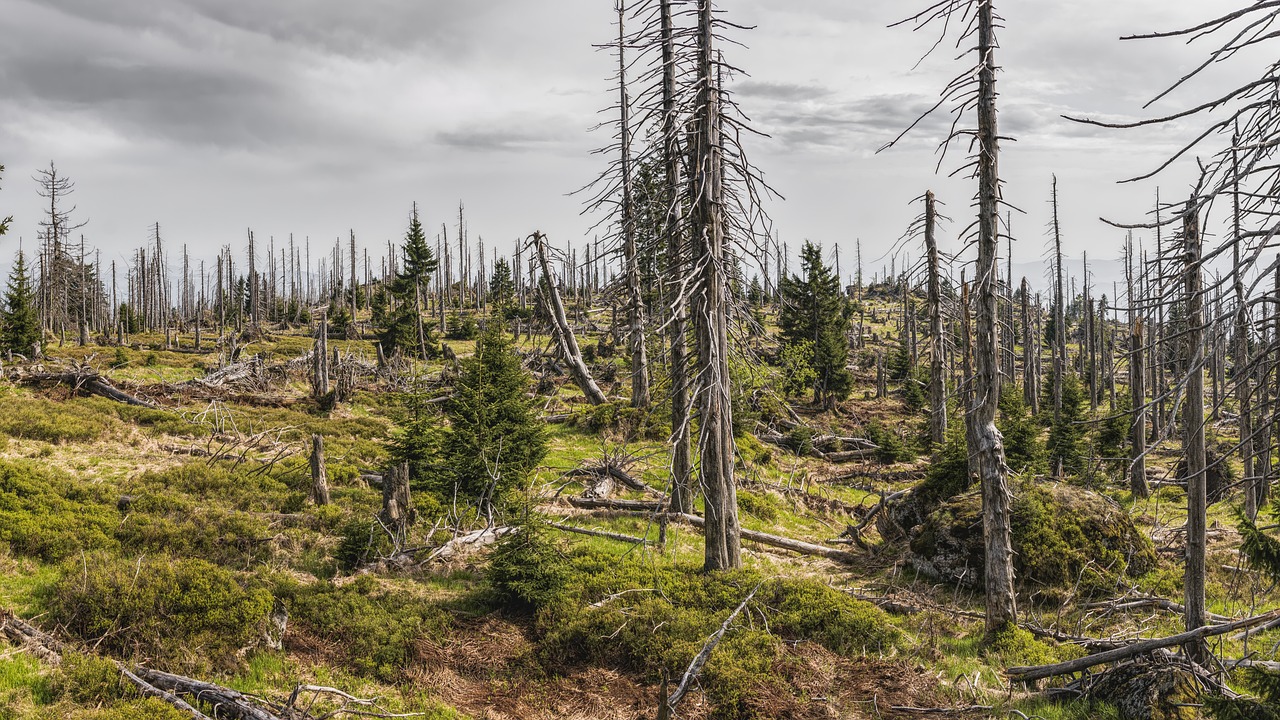
Yala National Park’s conservation efforts are grounded in rigorous scientific research and monitoring programs. These initiatives play a crucial role in understanding the park’s ecosystem and its inhabitants, particularly the elusive leopards.
Researchers use cutting-edge technology to gather data, which informs management decisions and helps predict potential threats to the park’s biodiversity.
Local communities are integral to Yala’s conservation success. Their involvement not only aids in protecting wildlife but also promotes sustainable livelihoods.
| Community Initiative | Impact |
|---|---|
| Anti-poaching patrols | Reduced illegal hunting |
| Environmental education programs | Increased awareness and support |
| Eco-tourism projects | Alternative income sources |
| Human-wildlife conflict mitigation | Improved coexistence |
These collaborative efforts have fostered a sense of ownership among local residents, making them active guardians of Yala’s natural heritage.
Despite ongoing conservation efforts, Yala National Park faces several challenges:
Park authorities are working tirelessly to address these issues through adaptive management strategies and partnerships with international conservation organizations.
Visitors play a vital role in supporting Yala’s conservation efforts. By practicing responsible tourism, guests can minimize their impact and contribute positively to the park’s preservation.
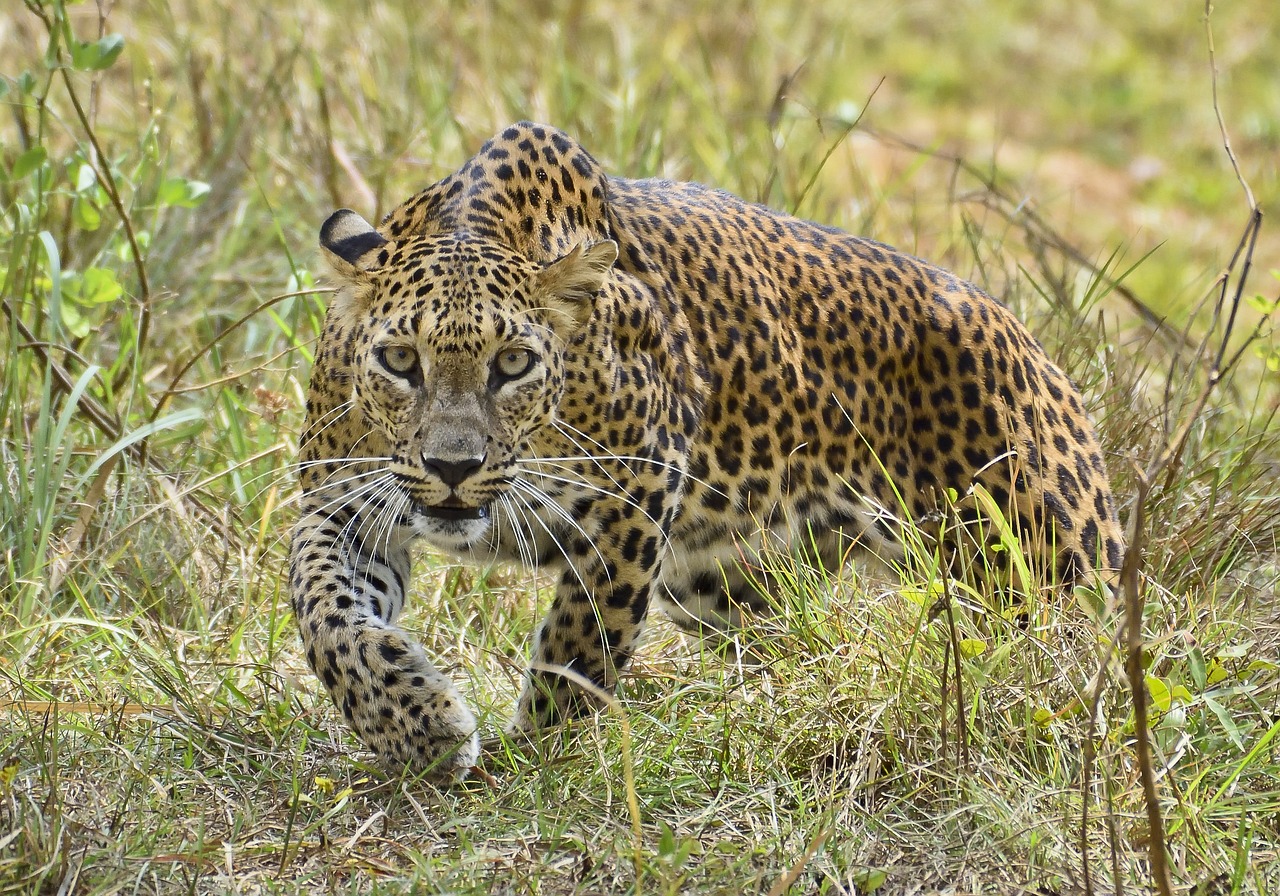
Yala National Park stands as a testament to Sri Lanka’s rich biodiversity and conservation efforts. From its unique ecosystem to the thrilling leopard spotting experiences, Yala offers visitors an unforgettable journey into the heart of nature. The park’s diverse wildlife, including elephants, crocodiles, and countless bird species, further enhances its appeal as a premier safari destination.
As you plan your Yala adventure, remember that responsible tourism plays a crucial role in preserving this natural wonder. By supporting conservation efforts and adhering to park guidelines, we can ensure that future generations will continue to marvel at the sight of leopards roaming freely in their natural habitat. Experience the magic of Yala National Park – where wildlife thrives and unforgettable memories await.